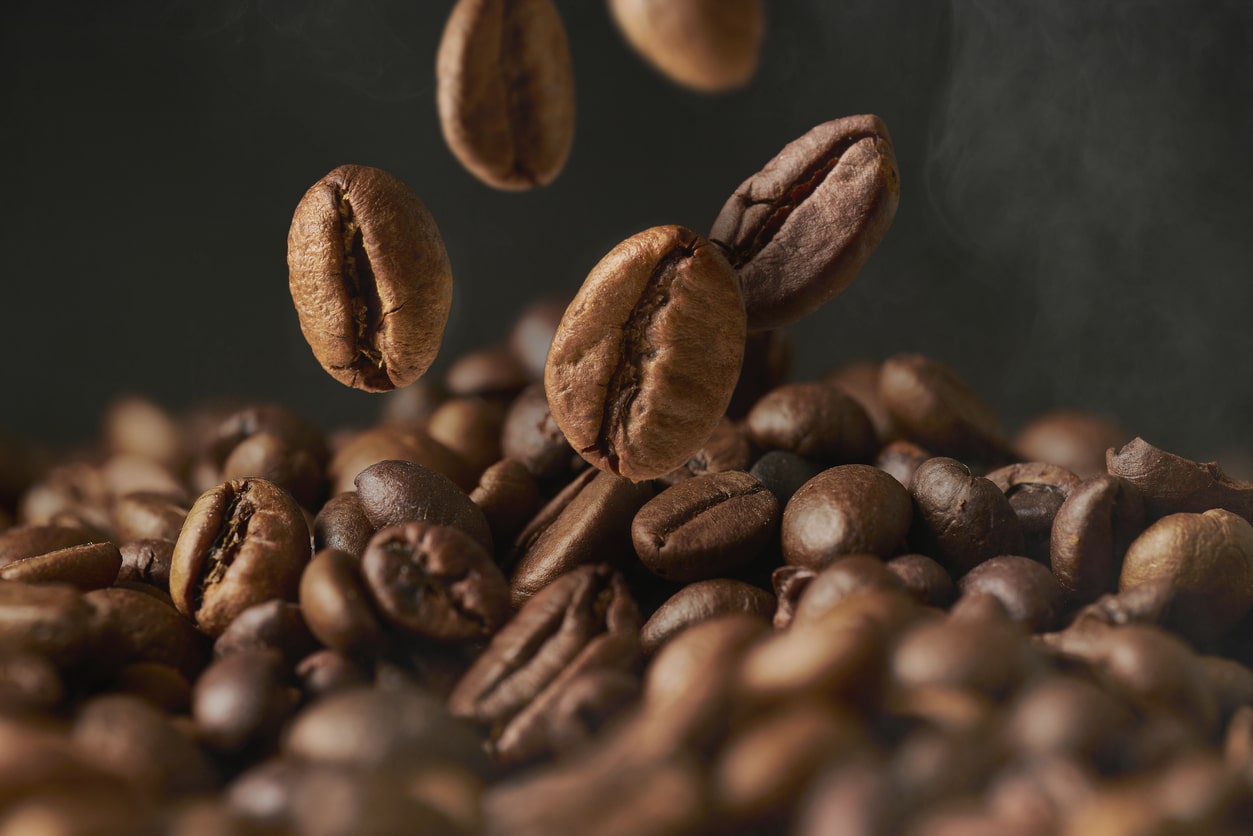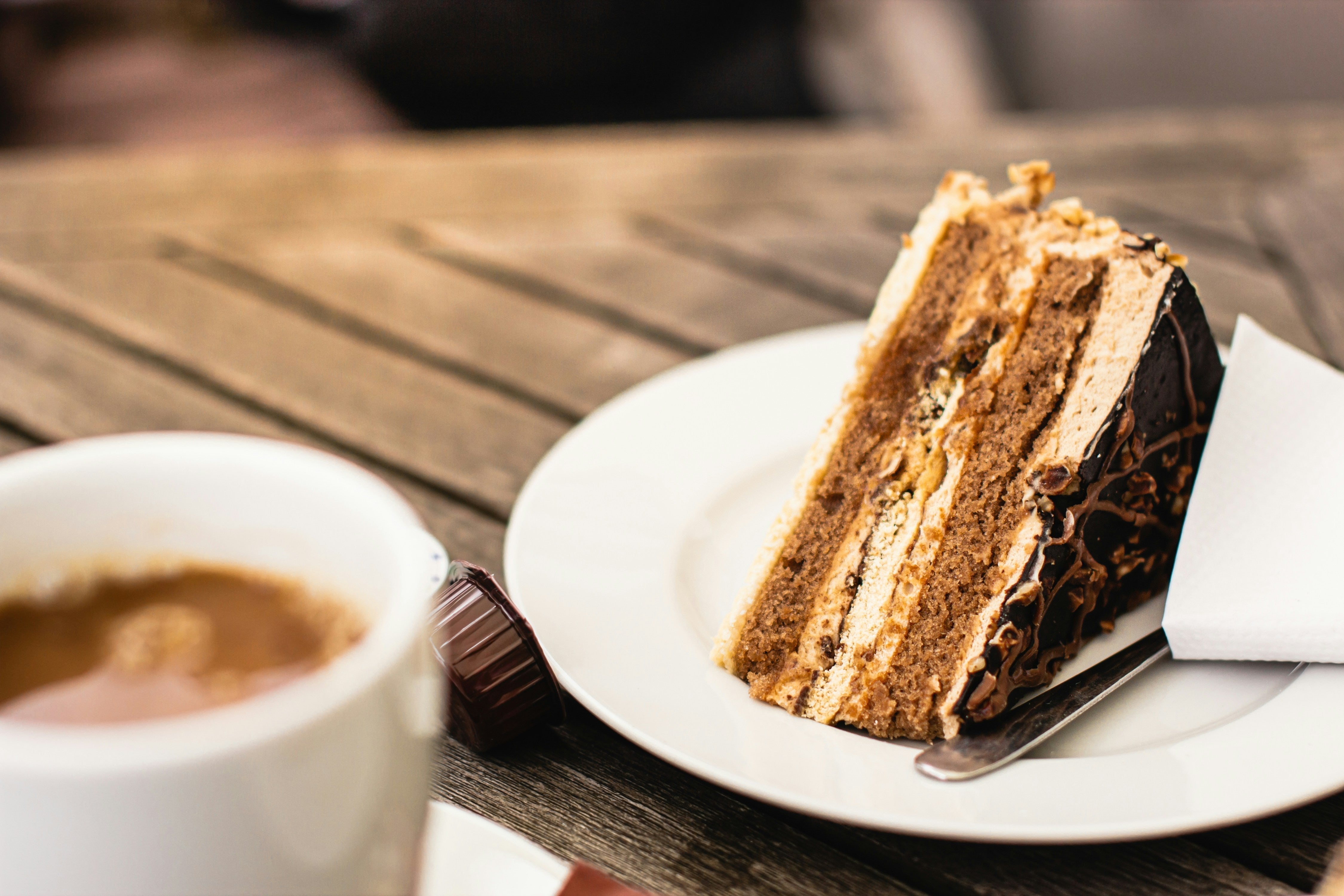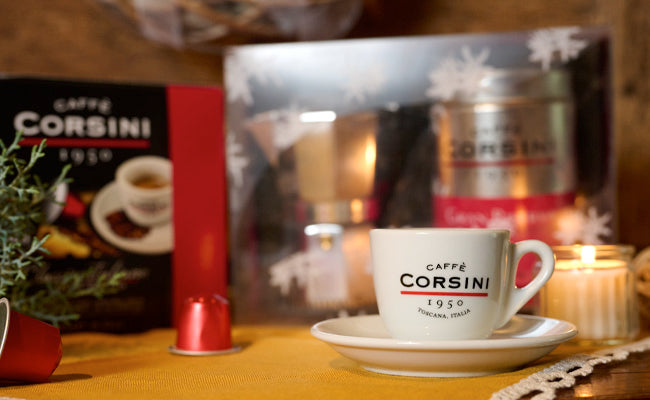
The differences between Arabica and Robusta coffee
Everything you need to know about the two varieties, and the differences between them
A good coffee is one of the best ways to start the day, with a wide range of flavours, varieties and quality available. There´s plenty of choice, whatever your personal preferences.
Let´s take a look at the main differences between the various coffee varieties, their distinctive characteristics and their suitability for various tastes.
Introduction
First of all, we need to know that there are four main species of coffee commonly grown worldwide:
- Arabica;
- Canephora, which gives us Robusta;
- Liberica;
- Excelsa.
Each of them has its nuances, mainly dictated by the geographical origin, methods of growing, harvesting and processing and, last but not least, roasting, which brings out the qualities of good coffee beans.
The most widespread coffee species are:
• Arabica;
• Robusta.
Arabica and Robusta: the differences
Nowadays, the most commonly used species of coffee are undoubtedly Arabica and Robusta. These two take the top places on the podium, and it is no accident that they appeal to very different palates.
In terms of flavour, the two varieties are actually very different, due to their genetic, organic and physical composition and their different processing methods, as well as the provenance of the coffee.
For example, the first major difference between Arabica and Robusta is their caffeine content. In fact, Arabica coffees contain a lower amount - between 1 and 1.5% - so they can be enjoyed at any time of day, even for relaxation. Meanwhile, Robusta contains between 2 and 3% caffeine, and is excellent first thing in the morning, since this higher caffeine content gives a flavourful and intense energy boost for the same amount of coffee.
Another major difference between Arabica and Robusta is their flavour. Arabica blends are typically mild and sweet, while Robusta is more bold and intense.
Further differences can be found in the coffee plant itself.
The size of the plant varies according to the quality. Arabica trees can grow to 10 metres tall, while Robusta reaches a maximum height of 8 m.
Arabica has dark green fruits between 8 and 12 millimetres long, while the fruit of Robusta is yellowish in colour and 5-8 millimetres long. The Arabica variety is also closely linked to forested areas, while Robusta is grown in humid zones.
Regarding processing and roasting methods, different and specific profiles are used to bring out the particular flavour and aroma characteristics of each type.
Read also: The benefits of coffee.
Arabica
The Arabica coffee plant is a shrub of the Rubiaceae family, grown in Latin America and East Africa at an altitude of 1550-2000 metres above sea level. It is naturally cultivated in order to make the much-loved beverage.
The plant has the shape of a small tree, with a maximum height of 10 metres; it has large leaves (6-12 cm in length) which are bright or dark green depending on the season.
The fruits, which give us the coffee beans, are round or oblong, and dark red when ripe.
The crop is most widespread in Ethiopia, its place of origin, and extends throughout the south-west of the country, as far as Saudi Arabia and Yemen. Arabica coffee is also grown in many tropical areas of the world, thanks to its ability to adapt to hot climates.
The caffeine content of 100% Arabica is lower than the other main variety, so the flavour is mild and delicate, ideal for more sensitive palates.
Arabica coffee is available ground or in beans or pods of all types, compatible with Lavazza and A Modo Mio, Nespresso and Dolce gusto machines.
Read also: What do we mean by Arabica coffee?
Robusta
Robusta coffee belongs to the Canephora species, and is a shrub in the Rubiaceae family.
It is an evergreen tree up to 10 metres tall with very large oval leaves (up to 40 cm long) with a distinctive pointed shape. The flowers of Canaphora are white, like those of other coffee species, and the fruits are similar to elongated cherries containing two brown seeds, smaller than Arabica beans.
The plant originated in West Africa and is today widely grown in every tropical region of the world, where the conditions are ideal, since it can withstand torrential rain and high levels of humidity.
The caffeine content of 100% Robusta is approximately double that of Arabica, and the result is a bold, strong flavour for palates that prefer intense coffee.
Arabica coffee is available ground or in beans or pods of all types, including compatible with Dolce Gusto, Nespresso and A modo mio machines.
Which variety is better?
Beyond several factors that are essential in evaluating a coffee:
- high quality raw material;
- roasting method;
- choice of variety;
- roasting intensity;
the choice between the two types is extremely subjective and a matter of personal taste.
In general, someone who prefers bold, decisive flavours will prefer Robusta coffee. On the other hand, those with a more delicate palate may choose a cup of Arabica.
Conclusion
In conclusion, choosing the best quality coffee is highly subjective and a question of individual taste.
Buy online the best Arabica and Robusta blends: beans, ground, pods and capsules (Nespresso, A Modo Mio and Dolce Gusto) from Caffè Corsini. On our website you´ll also find various blends and qualities of coffee, to cater for all tastes, even the most exacting!
A good coffee is one of the best ways to start the day, with a wide range of flavours, varieties and quality available. There´s plenty of choice, whatever your personal preferences.
Let´s take a look at the main differences between the various coffee varieties, their distinctive characteristics and their suitability for various tastes.
Introduction
First of all, we need to know that there are four main species of coffee commonly grown worldwide:
- Arabica;
- Canephora, which gives us Robusta;
- Liberica;
- Excelsa.
Each of them has its nuances, mainly dictated by the geographical origin, methods of growing, harvesting and processing and, last but not least, roasting, which brings out the qualities of good coffee beans.
The most widespread coffee species are:
• Arabica;
• Robusta.
Arabica and Robusta: the differences
Nowadays, the most commonly used species of coffee are undoubtedly Arabica and Robusta. These two take the top places on the podium, and it is no accident that they appeal to very different palates.
In terms of flavour, the two varieties are actually very different, due to their genetic, organic and physical composition and their different processing methods, as well as the provenance of the coffee.
For example, the first major difference between Arabica and Robusta is their caffeine content. In fact, Arabica coffees contain a lower amount - between 1 and 1.5% - so they can be enjoyed at any time of day, even for relaxation. Meanwhile, Robusta contains between 2 and 3% caffeine, and is excellent first thing in the morning, since this higher caffeine content gives a flavourful and intense energy boost for the same amount of coffee.
Another major difference between Arabica and Robusta is their flavour. Arabica blends are typically mild and sweet, while Robusta is more bold and intense.
Further differences can be found in the coffee plant itself.
The size of the plant varies according to the quality. Arabica trees can grow to 10 metres tall, while Robusta reaches a maximum height of 8 m.
Arabica has dark green fruits between 8 and 12 millimetres long, while the fruit of Robusta is yellowish in colour and 5-8 millimetres long. The Arabica variety is also closely linked to forested areas, while Robusta is grown in humid zones.
Regarding processing and roasting methods, different and specific profiles are used to bring out the particular flavour and aroma characteristics of each type.
Read also: The benefits of coffee.
Arabica
The Arabica coffee plant is a shrub of the Rubiaceae family, grown in Latin America and East Africa at an altitude of 1550-2000 metres above sea level. It is naturally cultivated in order to make the much-loved beverage.
The plant has the shape of a small tree, with a maximum height of 10 metres; it has large leaves (6-12 cm in length) which are bright or dark green depending on the season.
The fruits, which give us the coffee beans, are round or oblong, and dark red when ripe.
The crop is most widespread in Ethiopia, its place of origin, and extends throughout the south-west of the country, as far as Saudi Arabia and Yemen. Arabica coffee is also grown in many tropical areas of the world, thanks to its ability to adapt to hot climates.
The caffeine content of 100% Arabica is lower than the other main variety, so the flavour is mild and delicate, ideal for more sensitive palates.
Arabica coffee is available ground or in beans or pods of all types, compatible with Lavazza and A Modo Mio, Nespresso and Dolce gusto machines.
Read also: What do we mean by Arabica coffee?
Robusta
Robusta coffee belongs to the Canephora species, and is a shrub in the Rubiaceae family.
It is an evergreen tree up to 10 metres tall with very large oval leaves (up to 40 cm long) with a distinctive pointed shape. The flowers of Canaphora are white, like those of other coffee species, and the fruits are similar to elongated cherries containing two brown seeds, smaller than Arabica beans.
The plant originated in West Africa and is today widely grown in every tropical region of the world, where the conditions are ideal, since it can withstand torrential rain and high levels of humidity.
The caffeine content of 100% Robusta is approximately double that of Arabica, and the result is a bold, strong flavour for palates that prefer intense coffee.
Arabica coffee is available ground or in beans or pods of all types, including compatible with Dolce Gusto, Nespresso and A modo mio machines.
Which variety is better?
Beyond several factors that are essential in evaluating a coffee:
- high quality raw material;
- roasting method;
- choice of variety;
- roasting intensity;
the choice between the two types is extremely subjective and a matter of personal taste.
In general, someone who prefers bold, decisive flavours will prefer Robusta coffee. On the other hand, those with a more delicate palate may choose a cup of Arabica.
Conclusion
In conclusion, choosing the best quality coffee is highly subjective and a question of individual taste.
Buy online the best Arabica and Robusta blends: beans, ground, pods and capsules (Nespresso, A Modo Mio and Dolce Gusto) from Caffè Corsini. On our website you´ll also find various blends and qualities of coffee, to cater for all tastes, even the most exacting!
Blog posts

NEWS
Conciliazione Vita-Lavoro: Bando welfare aziendale Regione Toscana
Conciliazione Vita-Lavoro: Bando welf...
Read more
The best coffee recipes with the Thermomix®: breakfast, break and after dinner
Long, short, espresso. Macchiato, cre...
Read more
